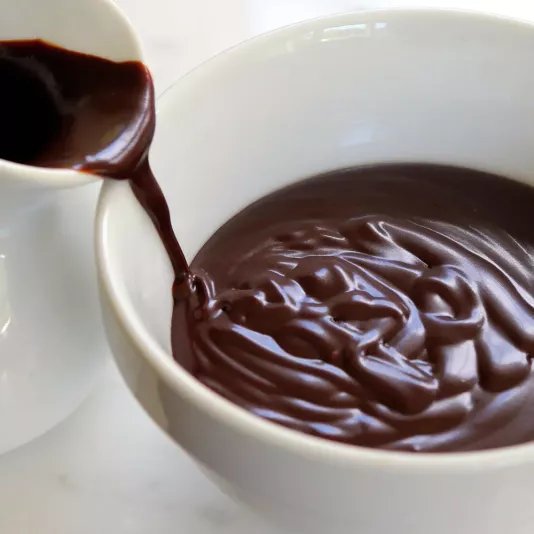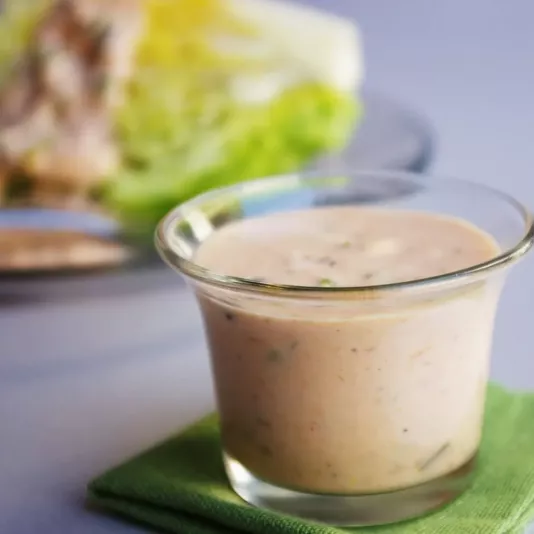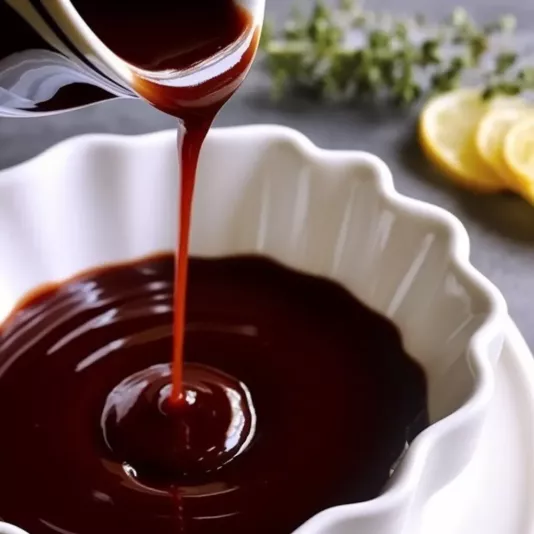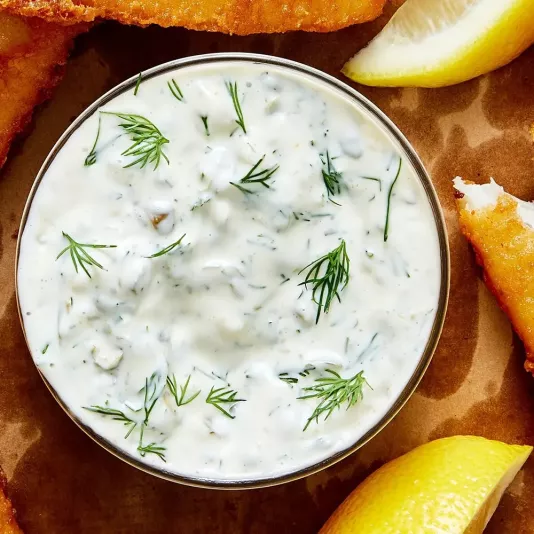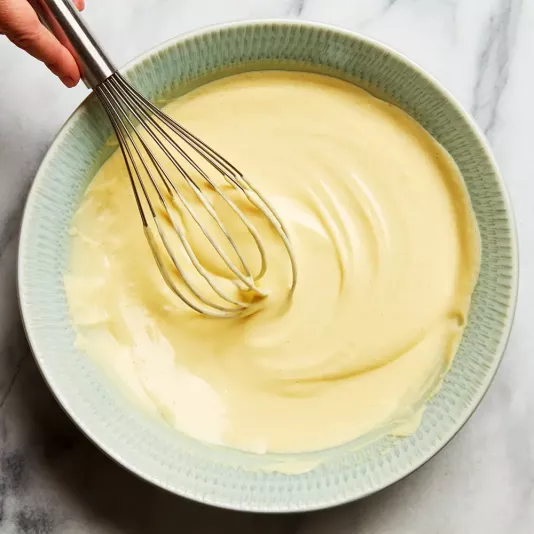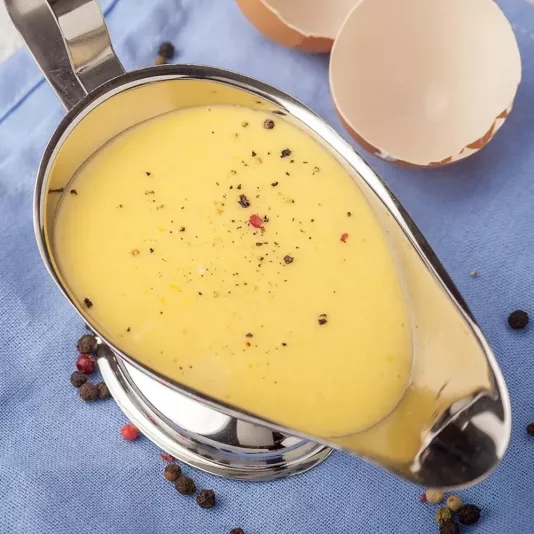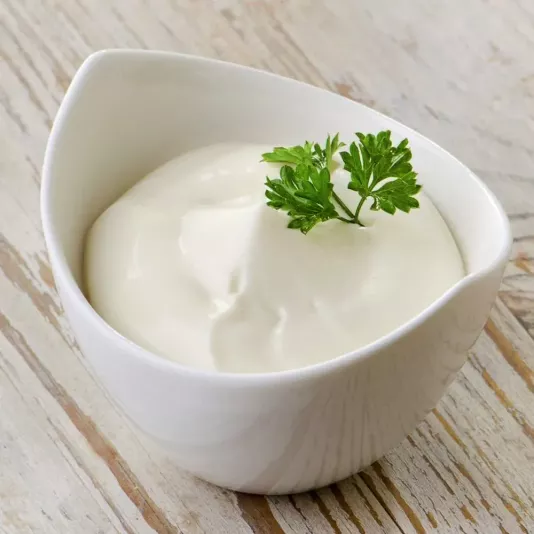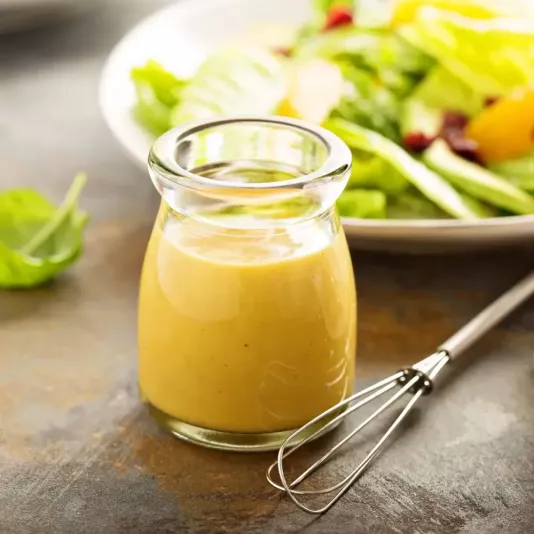Sauces
Sauces are an integral part of any world cuisine, as they unite different components of a dish into a single composition. Over the years of cooking, I have realized that the secret to a good sauce lies in patience and sequence: don’t rush the thickening process, don’t be afraid to taste and adjust. Creamy, tomato-based, nutty, or sweet-and-sour – each has its own character and shines best in the right combination. At home, I often use natural ingredients without excessive salt or sugar, as they give a pure taste. It is important to remember the serving temperature: hot sauces should be served fresh, and cold ones only after a short infusion. I always follow the principle that “flavor should sound honest” – without masking or overuse of flavorings. A sauce can unite simple ingredients into a complete dish if approached with experience and respect for the process. I am convinced that learning to make a quality sauce is one of the best ways to understand the essence of cooking.
Sauce Recipes
When I create new sauce recipes, I always start by understanding what role they will play in the dish: complement, contrast, or main accent. Over the years, I have learned to choose the right consistency that matches the texture of the main ingredient. For example, thick sauces hold well on pasta or meat, while thinner ones pair better with vegetables or fish. It’s important not to overload the composition: just a few quality components are enough to achieve a pronounced flavor. I always pay attention to the cooking temperature: too high heat can burn the fats or make the taste bitter, so I maintain a medium level, gradually evaporating the liquid. From my experience, to let a sauce thicken naturally, it’s best not to rush and give it time over low heat. For shine and smoothness, I add a bit of cold butter at the end, stirring carefully until it becomes silky. That’s how a sauce with deep, balanced flavor is born, one that needs no extra decoration. I always recommend making sauces in small portions because it’s easier to feel how each spice affects the flavor balance and to create a truly harmonious result.
Basics of Sauce Preparation
In sauce making, precision and attention are of utmost importance. I have often noticed that a difference of just a few degrees or seconds can change the outcome. If a sauce contains cream, it should be added gradually to prevent curdling. When working with flour, it’s important to give it enough time to brown to a golden color; otherwise, the sauce will have a raw taste. When I make stock-based sauces, I always strain the broth twice – that ensures purity of flavor. I add spices only at the end, so their aroma isn’t lost during long heating. It’s also crucial not to overcook the ingredients, as excessive evaporation makes the sauce too thick and sticky. To preserve a delicate texture, I often use a whisk instead of a spoon – it helps achieve smoothness more easily. Over the years, I’ve learned that a true sauce doesn’t tolerate haste: it requires attention, proper sequential incorporation of ingredients, and respect for the products. And if you let it mature gently over low heat, it will reward you with deep flavor and a silky texture that elevates even the simplest dish.
Classic Types of Sauces
There are countless sauces, but the classic ones are the foundation to start with. They include Béchamel, Hollandaise, Demi-glace, Velouté, and Tomato. Each has its own base, technique, and flavor profile. I always recommend mastering these five because from them you can create dozens of variations. For example, Béchamel becomes a delicate dressing for vegetables or casseroles if you add cheese, while Hollandaise is a perfect companion for fish or eggs when the emulsion temperature is kept just right. When working with Demi-glace, patience is key: long reduction brings depth and richness. I always make small portions to maintain control over thickness. From experience, I can say that classic sauces are the best school of patience and precision because they teach you to feel the texture of the product, color changes, and the moment to remove it from heat to achieve perfection. Mastering these sauces opens the door to creativity, as you can create modern interpretations while preserving traditional techniques and adding your own signature touch.
Homemade Secrets and Common Mistakes
In homemade sauce preparation, problems most often arise from haste and incorrect proportions between liquid and solid parts. I’ve often seen sauces separate when cream or butter is added too quickly. To prevent this, I use the “tempering” technique – adding hot liquid in a thin stream to a cold base while constantly stirring. Another common mistake is excess salt or acidity, which is difficult to fix. In such cases, I add a little starch, broth, or milk to smooth out the flavor. I also recommend not storing sauces for more than two days, as even in the refrigerator they lose freshness. For thick sauces, I use a water bath when reheating to avoid curdling or burning. With experience, I’ve learned to recognize when a sauce has “matured”: it has a uniform texture, pleasant aroma, and natural shine. If you show attentiveness and patience during preparation, a sauce will always turn out well – even from the simplest ingredients. And every time I watch it slowly thicken, I understand: true culinary mastery lies in these small details.
Modern Combinations and Experiments with Sauces
Today, culinary art offers countless opportunities to experiment with sauces. I love combining classic techniques with new flavors – for example, adding citrus notes to a creamy base or using fermented ingredients for deeper taste. It’s important not to fear experimentation, but to do it consciously, understanding how each component affects balance. I always make sure the acidity doesn’t overpower the sweetness or fats, as harmony is key. When I prepare modern sauces, I monitor the texture: if it’s too thin, I use a reduction or vegetable purée instead of flour. This way, the flavor remains pure and the appearance appetizing. Over the years, I’ve realized that the true success of experiments lies not in the number of ingredients but in the precision of pairing and the ability to sense balance. That’s when sauces turn into real culinary pleasure. And when guests ask what makes my dishes so expressive, I always answer simply: everything begins with the right sauce, where every flavor has its place and resonance.

